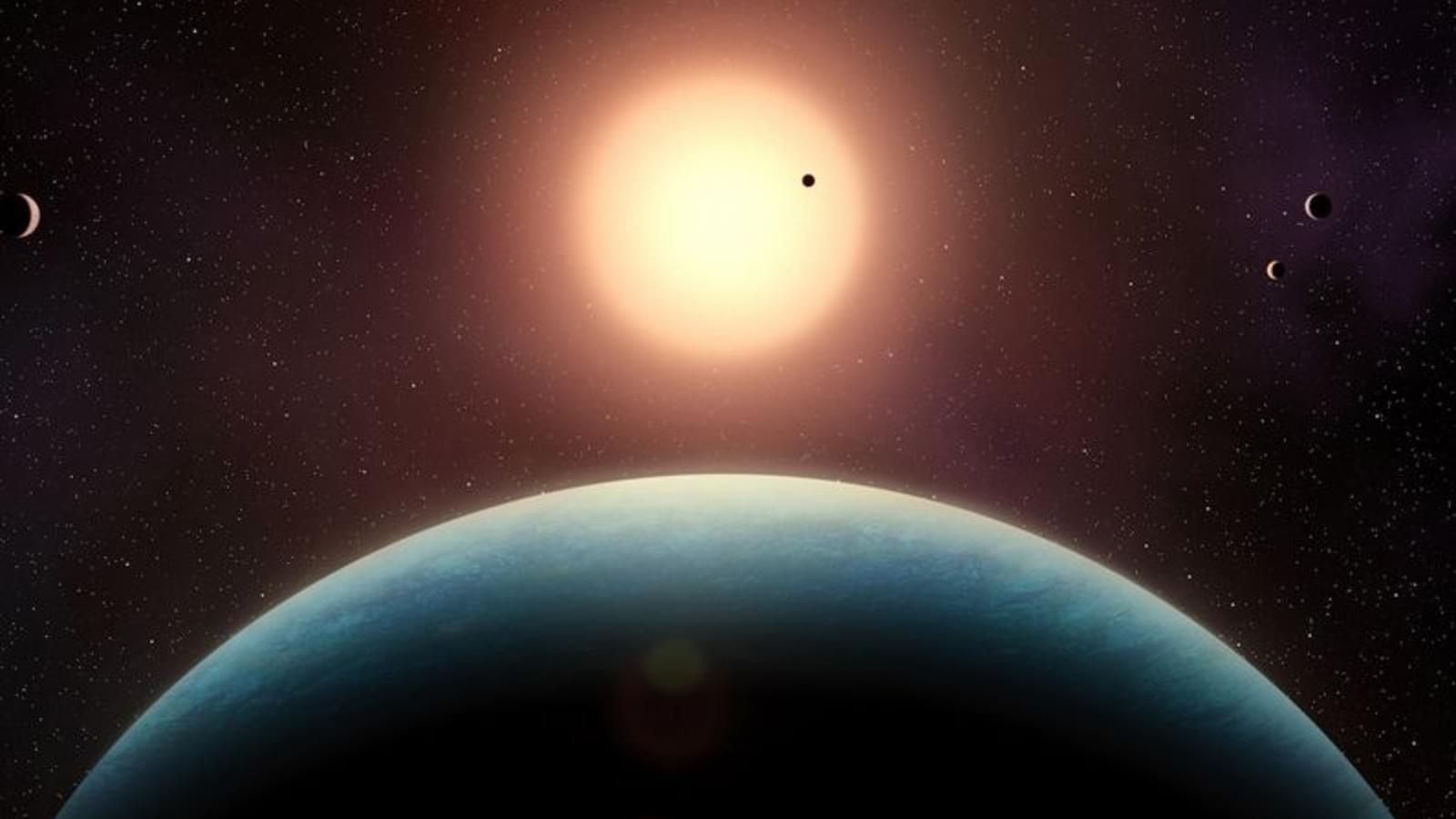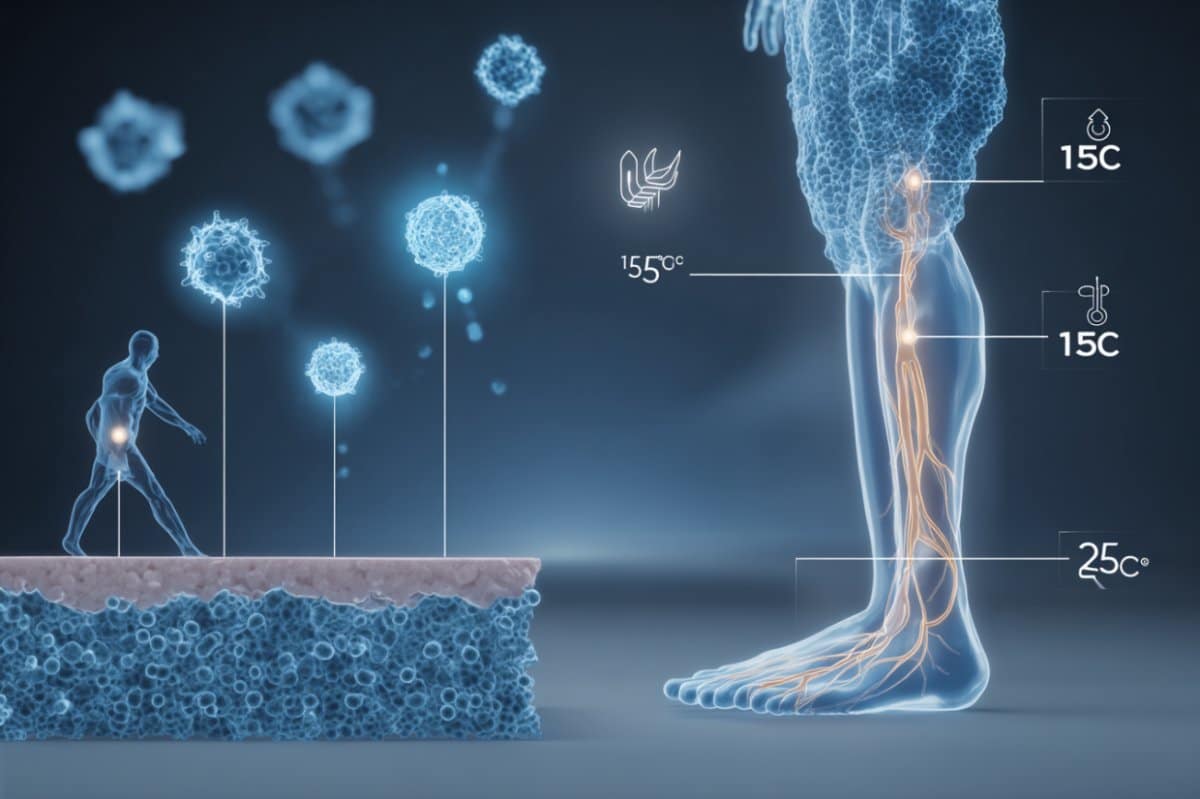“Finding a temperate planet in such a compact system makes this discovery particularly exciting,” Charles Cadieux, a postdoctoral researcher at the university and lead author of the study, said in the statement. “It highlights the remarkable diversity of exoplanetary systems and strengthens the case for studying potentially habitable worlds around low-mass stars.”
L 98–59 f was discovered by reanalyzing data from the European Southern Observatory’s (ESO) HARPS (High Accuracy Radial velocity Planet Searcher) and ESPRESSO (Echelle Spectrograph for Rocky Exoplanet and Stable Spectroscopic Observations) spectrographs. Since the exoplanet doesn’t transit, or pass in front of, its host star from our perspective, astronomers spotted it by tracking subtle shifts in the star’s motion that are caused by the planet’s gravitational pull.
By combining the spectrograph data with observations from NASA’s TESS (Transiting Exoplanet Survey Satellite) and James Webb Space Telescope (JWST) — and using advanced techniques to filter out stellar noise — researchers were able to determine the size, mass and key properties of all five planets.







